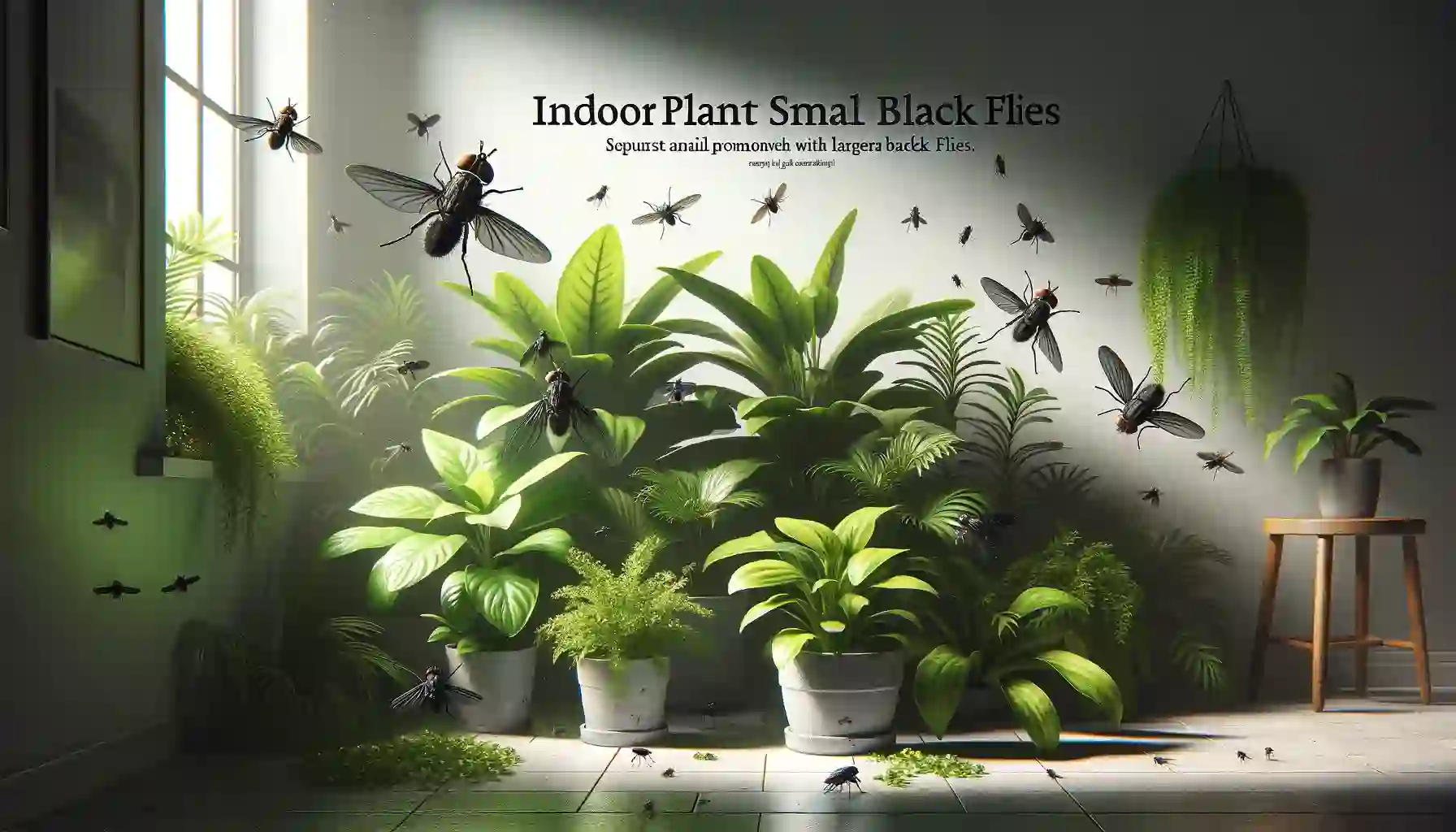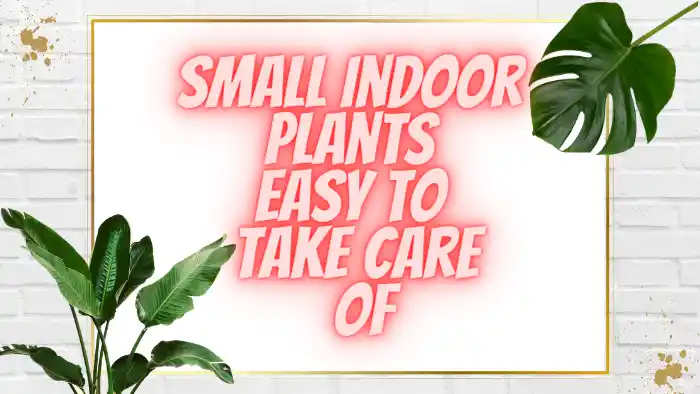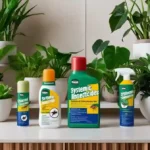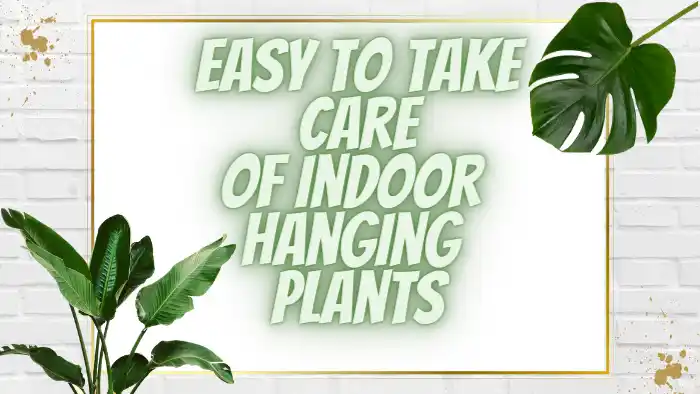Indoor gardening can be a delightful experience, but encountering small black flies around your precious plants can be a cause for concern.
In this guide, we’ll delve into the issue of these pesky insects, commonly identified as fungus gnats, and explore effective ways to manage and prevent their presence.
Indoor plants are cherished companions that bring a touch of nature into our homes.
However, the appearance of small black flies hovering around your greenery can be unsettling.
Before diving into solutions, let’s understand the root of the problem.
Identification of the Problem
The small black flies you observe are likely fungus gnats.
These insects thrive in environments with excessive moisture, often finding a breeding ground in overwatered indoor plant soil.
Recognizing these pests is the first step towards effective control.

Watering Practices
One of the key factors contributing to fungus gnat infestations is overwatering. Adjusting your watering practices is crucial to creating an environment that is less favorable for these tiny invaders.
Allow the top layer of the soil to dry out between waterings to discourage the development of gnat larvae.
Removing Excess Moisture
To tackle the issue head-on, consider removing excess moisture from the soil surface.
Placing a layer of sand or decorative stones on top of the soil can act as a barrier, deterring adult gnats from laying eggs.
Additionally, use a paper towel to blot any visible excess moisture from the topsoil.
Yellow Sticky Traps
An effective method to catch adult fungus gnats is by using yellow sticky traps.
These traps capitalize on the gnats’ attraction to the color yellow, providing a simple yet efficient solution to reduce their numbers.
Neem Oil Application
For those inclined towards natural remedies, neem oil proves to be a valuable ally.
Dilute the neem oil according to the instructions and apply it to the topsoil.
Neem oil acts as a natural insecticide, disrupting the life cycle of fungus gnats.
Letting the Soil Dry Out
Interrupting the breeding cycle of fungus gnats involves letting the soil dry out more than usual.
This strategic approach helps break the lifecycle, reducing the population of these small flies around your indoor plants.
Soil Replacement
In persistent cases, where the infestation seems to resist other methods, consider replacing the top layer of soil with fresh, well-draining soil.
This can help eliminate the larvae and create an inhospitable environment for future infestations.
Avoid Over-Fertilizing
Fungus gnats are attracted to organic matter in the soil, including excess fertilizer.
Avoid over-fertilizing your plants, as this not only benefits the overall health of your indoor greenery but also discourages the presence of these tiny pests.
Beneficial Nematodes
Introducing beneficial nematodes to the soil is another biological control method.
These microscopic organisms prey on the larvae of fungus gnats, providing a natural and environmentally friendly solution to curb their population.
Preventive Measures
While addressing the immediate issue is crucial, implementing preventive measures is equally important.
Regularly inspect your plants for signs of overwatering, adjust your watering routine accordingly, and quarantine new plants before introducing them to your indoor garden.
Conclusion
Maintaining a bug-free environment for your indoor plants is not only possible but essential for their overall well-being.
By understanding the habits of fungus gnats and implementing the suggested steps, you can enjoy a thriving indoor garden free from the nuisance of small black flies.
FAQs
Can I use outdoor insecticides on indoor houseplants?
Yes, it is not recommended to use outdoor insecticides indoors, as they may contain chemicals harmful to indoor environments.
How often should I apply bug sprays on my indoor plants?
The recurrence of utilization relies upon the seriousness of the invasion and the kind of shower utilized.Follow the instructions on the product label or DIY recipe and monitor your plants regularly.
Are essential oil sprays safe for all indoor plants?
While essential oils are generally safe, some plants may be more sensitive. It’s advisable to test the spray on a small section of the plant before applying it more broadly.
Can I use indoor houseplant sprays preventively?
Yes, using sprays preventively can be effective. Regular monitoring, proper care, and occasional preventive treatments can help avoid bug infestations.
What is the best time of day to apply bug sprays?
The best time to apply bug sprays is usually in the morning or evening when the plants are not under direct sunlight. This helps prevent any potential damage to the foliage.
I am a Horticulture graduate and passionate gardener with expertise in identifying, growing, and caring for plants, trees, and seeds. With a focus on sustainable practices, they aim to promote environmental awareness and appreciation for the natural world.








